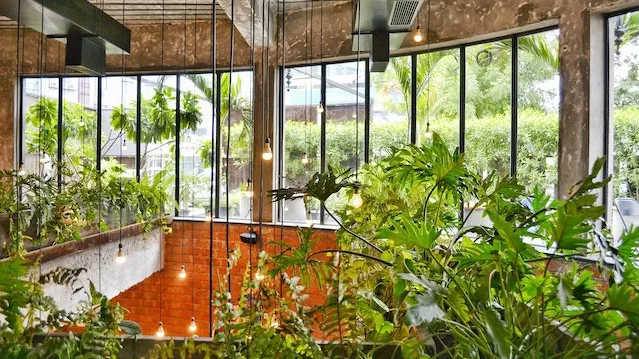
Does Greater Kuala Lumpur have enough green offices to meet the soaring demand?
The city is about 2.5 to 5 million square feet short of green office supply.
A recent article by JLL notes that as part of global efforts to tackle climate change, a growing number of corporate companies are pledging to cut their greenhouse gas emissions to achieve “net zero” and the sustainability of office buildings plays a crucial role in turning those commitments into action.
JLL’s Nurafiqah Mohd Sahar said that in Malaysia, multinational corporations (MNCs) and financial institutions have been identified as two major groups driving demand for ESG-compliant office space. Most are highly likely to move to green and sustainable office buildings by 2030 to comply with their corporate policies.
Here’s more from JLL:
Greater Kuala Lumpur (GKL), comprising the KL City, KL Fringe, and Decentralised submarkets, is home to many large corporate organisations’ head offices, which typically occupy Grade A office buildings. Grade A offices are the highest quality buildings, built with the finest materials, equipped with top-tier infrastructure, professionally managed, and strategically located. However, not all Grade A office buildings are certified as green buildings.
In GKL, some office buildings have received green certifications, such as the Leadership in Energy and Environmental Design (LEED), Green Building Index (GBI) and the GreenRE certifications. For instance, Exchange 106 has been awarded GBI Gold certification, while Imazium has achieved LEED Platinum, and 1Powerhouse is GreenRe Gold-certified.
As the demand for green office spaces increases among MNCs and financial institutions, the question remains: does GKL have sufficient green office stock to accommodate the demand from this major group of corporate occupiers?
Our research shows that MNCs and financial institutions such as banks and insurance companies presently occupy approximately 45% of the total high-quality office space in GKL, with 35–40% of the space already being green-certified. This implies that the current shortfall in green space supply amounts to about 5–10% of the total existing stock, or approximately 2.5 to 5 million square feet.
At the submarket level, demand and supply of green office space in KL City are roughly balanced. Currently, around 48% of Grade A offices, or 15.4 million square feet of space, are estimated to be green-certified, while the growing KL Fringe submarket has a substantial shortage of green office stock. The shortage of green space in the KL Fringe submarket will become stronger as a large supply of new green space is expected to come online in the KL City submarket.
Future ESG-compliant office stock will be located in the KL City submarket. For example, the 1.7 million-square-foot Merdeka 118 is set to be the first building in Malaysia to work towards achieving triple green platinum certifications for LEED, GreenRE, and GBI.
The world’s second-tallest tower will also be the first building in Malaysia to be WELL-certified. With high demand from tenants for the KL Fringe submarket and the ongoing trend of flight-to-quality, landlords in this location may need to consider upgrading their properties to include green certification to meet tenants’ ESG requirements in the future.
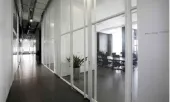
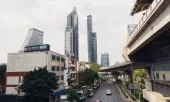
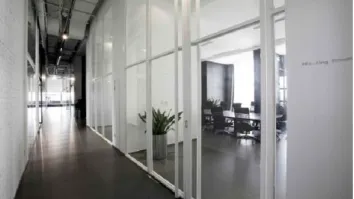
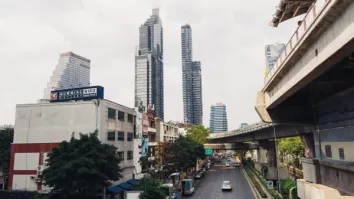
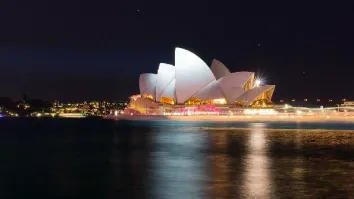
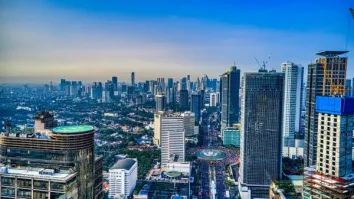













 Advertise
Advertise





